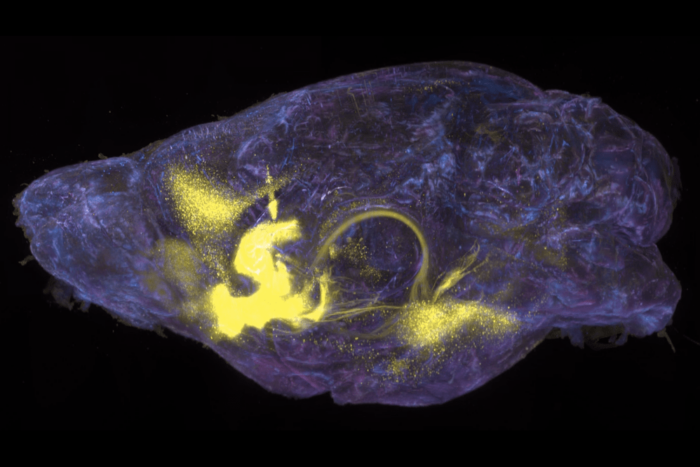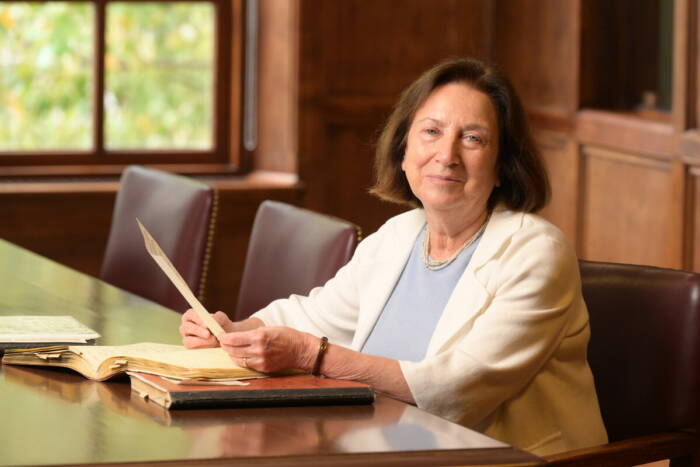Eric Siggia joins National Academy of Sciences
Eric D. Siggia, whose laboratory is interested in applying informatics approaches to study gene expression and other biological problems, has been elected to the National Academy of Sciences, one of the highest honors given to a scientist or engineer in the United States.
Siggia, who is professor and head of the Laboratory of Theoretical Condensed Matter Physics, has developed bioinformatics techniques to help process the large amounts of data generated by genomic sequencing. He has also developed algorithms and modeling systems to identify regulatory regions of DNA, determine binding preferences of transcription factors and shed light on how dividing cells control their size. He joined The Rockefeller University in 1997.
“Eric’s work in bioinformatics and modeling has given the scientific community powerful tools for understanding the complexities of biological systems,” says Paul Nurse, the university’s president. “I am extremely pleased that he has been recognized with this prestigious honor.”
The National Academy of Sciences is a private, nonprofit honorific society of distinguished scholars engaged in scientific and engineering research, dedicated to the furthering of science and technology and to their use for the general welfare. Established in 1863, the National Academy of Sciences has served to investigate, examine, experiment and report upon any subject of science or art whenever called upon to do so by any department of the government. The Rockefeller faculty now includes 35 members or foreign associates of the National Academy of Sciences.


